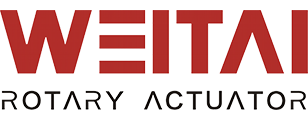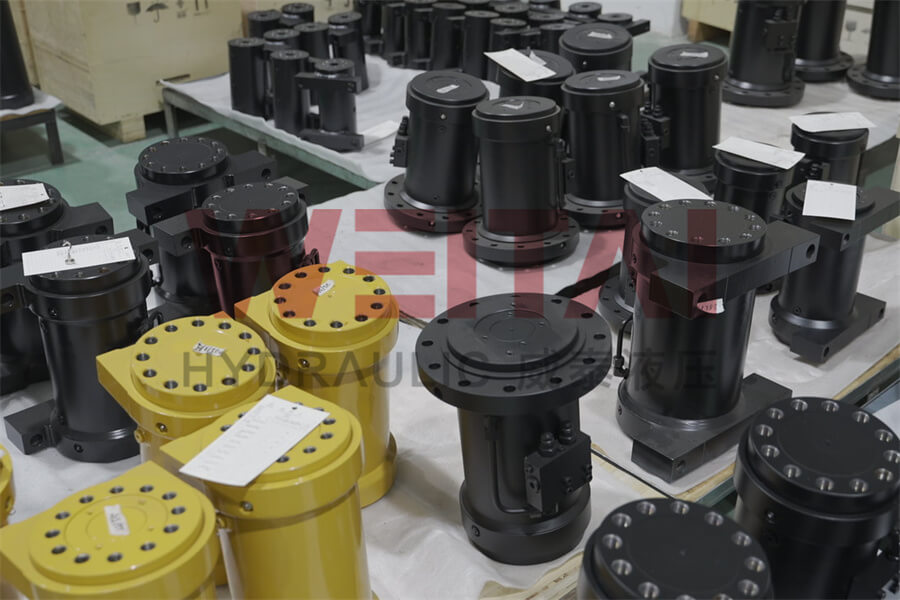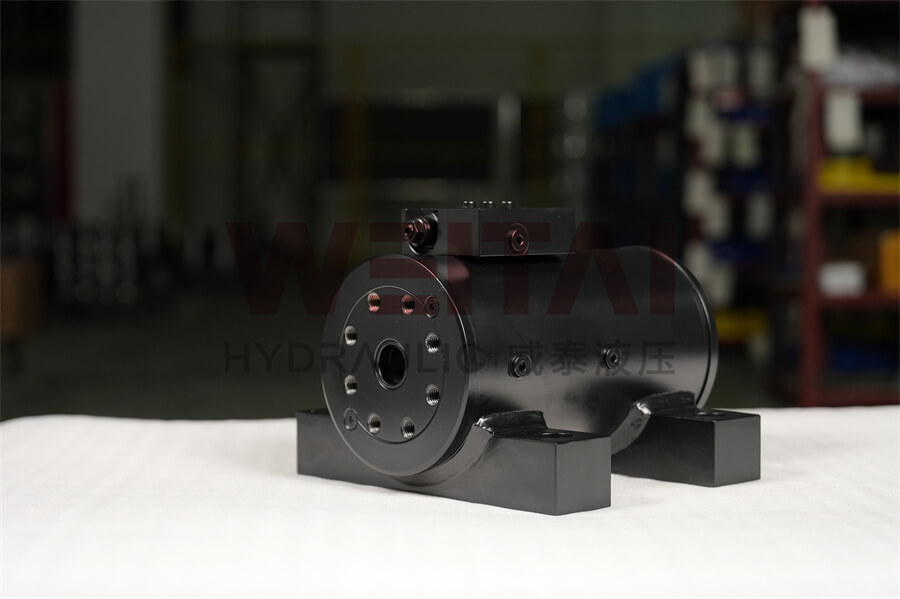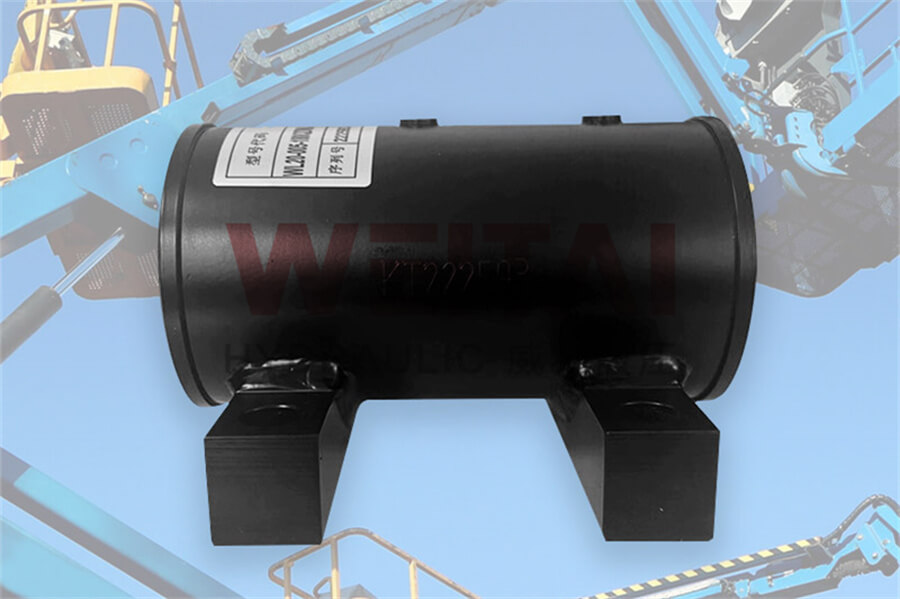When it comes to aerial work platforms (AWPs), precision and reliability are paramount. These machines, often used in construction, maintenance, and other high-access tasks, require components that can withstand rigorous use while ensuring safety and efficiency. One such critical component is the helical hydraulic rotational actuator, which plays a vital role in controlling the movement and positioning of the platform.
Choosing the right actuator for your AWP involves understanding various technical factors and application-specific needs. In this blog post, we’ll explore the key considerations you should keep in mind when selecting a helical hydraulic rotational actuator for your aerial work platform.
1. Load Capacity
The load capacity of the actuator is one of the most critical factors to consider. This refers to the maximum weight the actuator can handle without compromising its performance. When selecting an actuator:
Understand the Load Requirements: Assess the maximum load the AWP will carry, including the weight of personnel, tools, and materials. Ensure the actuator’s load capacity exceeds this weight to maintain a margin of safety.
Consider Dynamic Loads: AWPs often experience dynamic loads, such as those caused by sudden movements or wind. Ensure the actuator can handle these variations without failure.
2. Torque Output
Torque is another essential parameter in actuator selection, as it determines the rotational force the actuator can provide. To choose the right actuator:
Match Torque with Application Needs: Different AWP applications may require different levels of torque. For instance, heavy-duty platforms used in construction may need higher torque actuators compared to those used in lighter applications like window cleaning.
Account for Gear Ratio: The gear ratio of the actuator will influence the torque output. A higher gear ratio can increase torque but may reduce speed. Balance torque and speed according to your platform’s operational needs.
3. Rotational Range
The rotational range, or the degree of movement the actuator can achieve, is crucial for the maneuverability of your AWP. Consider:
Application Requirements: Determine how much rotation is needed for your specific application. Some tasks may require full 360-degree rotation, while others may only need limited movement.
Multi-Turn Capabilities: If your AWP needs to rotate multiple times around its axis, ensure the actuator has multi-turn capabilities without risking mechanical damage.
4. Operating Environment
The environment in which the AWP operates can significantly impact the choice of actuator. Key environmental factors include:
Temperature Range: Hydraulic actuators must operate efficiently across a wide temperature range. Ensure the actuator you select can perform reliably in both extreme heat and cold, depending on your operating conditions.
Corrosion Resistance: If the AWP will be used in harsh environments, such as coastal areas or chemical plants, opt for actuators with corrosion-resistant materials or coatings.
Dust and Debris Protection: Actuators operating in dusty or debris-laden environments should have adequate sealing and protection to prevent contamination and ensure longevity.
5. Precision and Control
Precision and control are critical for the safe and effective operation of an AWP. Consider the following:
Control System Compatibility: Ensure the actuator is compatible with your AWP’s control system, whether it uses electronic, hydraulic, or manual controls.
Position Feedback: For applications requiring high precision, consider actuators with built-in position feedback systems, such as encoders or potentiometers, to enhance control accuracy.
Smooth Operation: The actuator should provide smooth and consistent movement without jerking, which is essential for maintaining stability on the platform.
6. Maintenance Requirements
Maintenance is an ongoing concern for any piece of equipment, and actuators are no exception. To minimize downtime and reduce costs:
Ease of Maintenance: Choose an actuator that is easy to service, with accessible components and clear maintenance instructions.
Durability and Lifespan: Opt for actuators with a long service life and robust construction to reduce the frequency of maintenance and replacement.
Availability of Spare Parts: Ensure that spare parts for the actuator are readily available, so repairs can be made quickly when needed.
7. Cost Considerations
While cost should not be the sole factor in your decision, it is an important consideration:
Balance Cost and Performance: While it may be tempting to choose a cheaper option, ensure that the actuator meets all performance and safety requirements. The cost of a failure can far outweigh the initial savings.
Total Cost of Ownership: Consider the total cost of ownership, including purchase price, installation, maintenance, and potential downtime. Sometimes a higher upfront cost can lead to savings in the long run.
Conclusion
Selecting the right helical hydraulic rotational actuator for your aerial work platform requires careful consideration of various factors, from load capacity and torque to operating environment and maintenance needs. By taking the time to evaluate your specific requirements and match them with the right actuator, you can ensure the safe, efficient, and reliable operation of your AWP.
Remember, investing in the right actuator not only enhances performance but also contributes to the overall safety and longevity of your equipment. If you’re unsure about which actuator to choose, consulting with a specialist or manufacturer can provide valuable insights tailored to your application.



